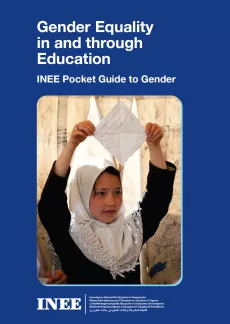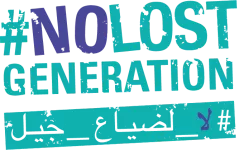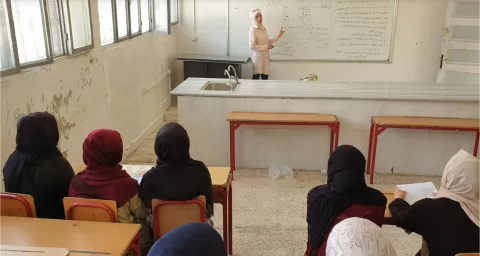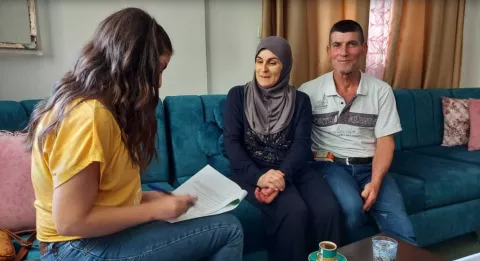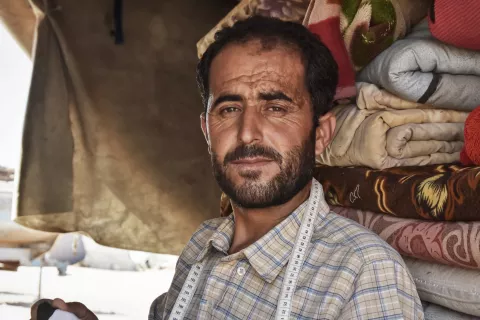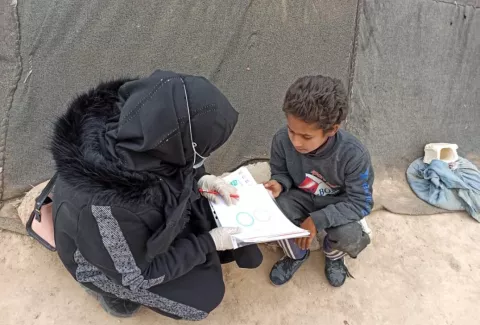Gender equality in and through education - INEE pocket guide to gender
Inter-Agency Network for Education in Emergencies (INEE)
Highlights
Emergencies such as violent conflict and natural disasters are experienced profoundly differently by girls, women, boys and men. They face different risks, respond differently to stressful situations, and have different capacities for dealing with the effects of crisis.
Emergencies can result in loss of livelihoods and changed social roles. Power dynamics within families, communities and societies are often in flux, and can change women’s and men’s status. In these contexts educational needs change and different barriers for boys and girls are often apparent, with girls usually experiencing greater disadvantage. Being aware of these gender dynamics and understanding social constraints will help to ensure gender inequalities are not widened in times of crisis.
Quality education for all is a fundamental human right, a protection mechanism and a catalyst for personal and social development. In crisis contexts, a gender-responsive education system is crucial to ensure male and female learners of all ages have access to quality, relevant and protective educational opportunities.
Ensuring equitable and gender-responsive education might seem very difficult during emergency preparedness, response or recovery activities, however emergencies can often provide unexpected opportunities for change if we look for them. Looking at education systems or programmes with a gender lens – considering the participation, needs and realities of girls, women, boys and men – and finding ways to make small changes to better meet the educational rights of everyone is possible, whatever
the context or phase of an emergency.
